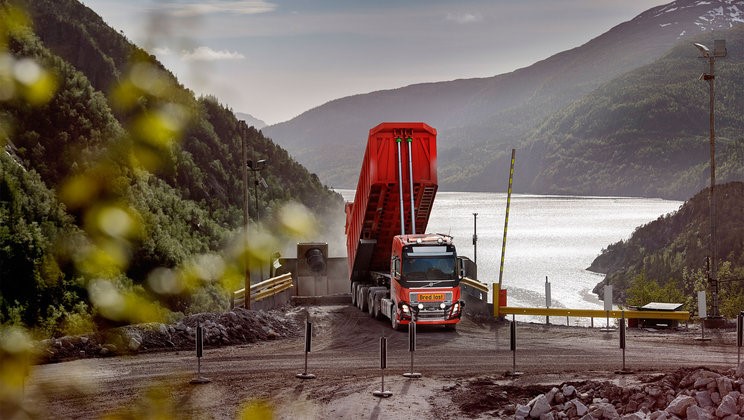Technology is racing ahead and a business’s ability to survive in the future economy may be directly linked to their ability to utilize and implement emerging tech. Possibly one of the biggest ground-breaking developments is autonomous driving vehicles (AV). Forty-six companies are currently working on developing AV technology. While the attention of the companies is mostly focused on consumer vehicles, autonomous driving vehicles will have a vast impact on logistics and supply chains.
Inbound Logistics Magazine’s article “Self-Driving Trucks Are Set to Transform Trucking and Logistics” details the early logistical model that is currently being utilized by Uber and Embark. A human driver picks up freight and drives to a “transfer station.” At the transfer station, the trailer is attached to an AV. The AV then drives to the next transfer station where the trailer is disconnected and then reattached to a human operated truck. This system will allow for autonomous transportation between long distances from one transfer station to another, where a human driver will take over. This will greatly reduce the distance a human driver will be behind the wheel. Eventually, this process could become completely autonomous and not require transfer stations whatsoever.
Inbound Logistics also mentions a couple of future potential benefits of AV technology, including trucking companies creating convoys of AVs that minimize drag utilizing drafting to increase fuel efficiency, collision detection and other safety features reducing accidents (both on the road and workplace accidents at loading/unloading docks), and relieving time pressures that human truckers face.
AV has already seen partial deployment in some projects. On 2/20/2019, Volvo released the article “Breaking New Ground” which showcased Volvo’s “first autonomous solution in real operation.” Brønnøy Kalk AS is a private, family-owned company in Norway that operates a limestone mine. Volvo has deployed 6 full autonomous trucks to test AVs with a real workload. The trucks pick up limestone from the mine and unload it at a port where it is boated away to its destination. The distance between the mine and the port is about 5 kilometers (or 3.1 miles). Volvo’s test will provide interesting insight on AV development and how they may be used in the near future.
